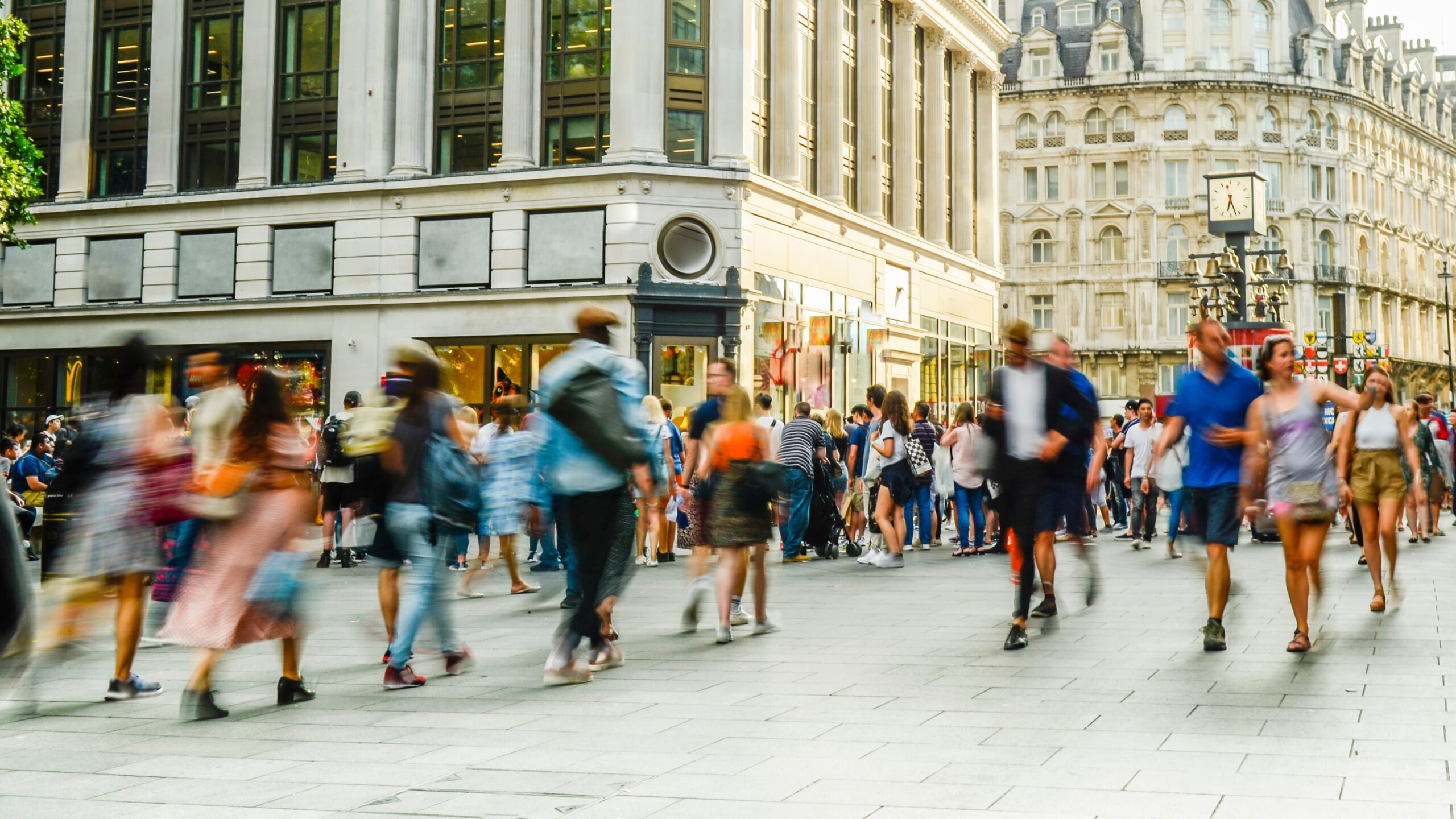
For years now, Americans have complained of high prices for everything from gasoline to fast food to simple summer dresses. But they’re still driving, eating out and above all else shopping.
Since the pandemic, fashion brands have steadily raised prices for trousers, handbags and most other major categories. Brands such as Zara, Levi’s and Coach used higher prices to reposition themselves as premium offerings in their respective corners of the market. More often, companies have been simply keeping pace with rising costs for raw materials and labour, and hoping shoppers wouldn’t notice.
For the most part, they got away with it; consumer outrage over the price of eggs and Netflix subscriptions rarely spilled over into fashion. It helped that wage growth and savings were also on the upswing.
Recently, that’s begun to change. Inflation has tamed, and there are mounting signs that consumers have finally begun to pull back from spending — PepsiCo reported Thursday that people are buying fewer potato chips because of their price. Mass retailers like Walmart, Target and Walgreens meanwhile have cut prices on thousands of food and household items.
Some shoppers are starting to wonder when their favourite fashion brands will follow suit. Retail analyst Rebecca Duval said she has noticed that fashion discounts this season have been wider, deeper and longer than in previous years.
In June, apparel prices rose 0.1 percent from a month earlier, even as consumer prices overall dropped slightly, according to US government data released Thursday. But the bigger picture suggests the opposite dynamic: year-over-year, apparel prices are up just 0.8 percent — compared with a 3 percent increase overall.
“Prices in apparel have been volatile,” said TD Cowen analyst Oliver Chen. “And the consumer feels mixed as well.”
Where are apparel prices headed?
The price of clothing probably still has more room to rise, analysts say.
Since the turn of the century, apparel prices have been on an almost uninterrupted downward trajectory as fashion companies globalised their supply chains, driving down manufacturing costs.
The author has shared a Flourish data chart.You will need to accept and consent to the use of cookies and similar technologies by our third-party partners (including: YouTube, Instagram or Twitter), in order to view embedded content in this article and others you may visit in future.
The pandemic’s supply chain snarls, combined with strong post-lockdown demand, reversed that long-term trend starting in 2021. Late last year prices began to ease, due in part to a steep decline in logistical costs. But freight costs are climbing again, driven by factors like the attacks by Houthi militants on ships in the Red Sea.
It is volatility, rather than any move in one direction or the other, that has come to define apparel prices, analysts said, and that’s unlikely to change anytime soon.
Some brands are reluctant to cut prices even if they are projecting stagnant or declining sales, said Eric Fisch, national sector head of retail and apparel at HSBC’s corporate banking division, because the pullback isn’t a result of fashion being too expensive but rather other categories taking up more wallet share, such as dining out and travel.
“If you travel, I haven’t heard of people saying ‘Europe is so expensive, I’m going to Detroit,’” he said. “But with clothing, it’s much easier to say, ‘I’ll just buy a cheaper dress.’”
Who are the most price-resistant customers?
How consumers see the value in different categories of products play a major role in the ultimate price of goods, in addition to input costs.
“As a brand, do you have permission and loyalty from your customers to increase prices without sacrificing volume?” said Ed Johnson, principal at Deloitte and an expert on pricing and promotions strategy.
For retailers that cater to middle- or lower-income consumers, the answer is no — or at least not across the board. Lower-income consumers are most reactive to rising prices, and will trade down to cheaper brands or stop buying clothes altogether except for necessities. Middle-income shoppers are more judicious, willing to pay a premium for a unique proposition but not so much for commodified styles.
A May report from the Federal Reserve Bank of New York shows that debt is mounting among American shoppers this year and delinquencies are rising across all age groups.
“If you’re a retailer with customers who rely on credit and are facing delinquency, that’s going to be a real problem,” said Rebecca Duval, a retail analyst. “For now we’re still seeing spending, but it’s going to get worse before it gets better.”
Which consumers are still willing to pay more, and how are retailers winning them over?
Wealthy shoppers haven’t felt as much pain from inflation, but many are unwilling or unable to pay the sharply higher prices many large luxury brands now charge. Fisch said many of his clients in the contemporary space have seen a boost thanks to a segment of luxury shoppers now trading down.
Some luxury labels have responded to this trend by reducing prices. Handbag fanatics noted in May that Saint Laurent decreased the price of two of its most popular bags, the Medium LouLou and the Cassandre WOC.
Retailers catering to price-conscious shoppers have to rely on strong products. New trends — low waist bottoms, oversized tops, slim sneakers, white summer skirts and dresses — are giving shoppers reasons to refresh their wardrobes. The recent success of Abercrombie & Fitch is the clearest example of how strategic product planning and merchandising can be an effective tool for resisting consumer price anxiety. Sales grew a whopping 31 percent in its most recent quarterly earnings and operating margins expanded as well. Hitting on the right trends in the dress category in particular was key in driving growth, CEO Fran Horowitz told analysts in May.
Even long-suffering Gap Inc. has been able to raise prices this season thanks to a more appealing product mix, according to Duval.
“You’ve got to see what consumers are willing to spend on, and push it a little bit if business is good,” she said.
Retailers are adopting a two-tier pricing strategy, discounting generic items while charging more for anything they can put their stamp on.
“It doesn’t matter what the attribute is, whether it’s recycled materials, circularity or an extra pocket,” Johnson said. “These become the areas where you have pricing power and loyal customers who value the unique attributes of your products.”
Levi’s, for instance, slashed prices on slower-moving wholesale products last year, while marking up fashion-forward styles in recent seasons, chief executive Michelle Gass told analysts last month.
“As we bring in a lot of these fashion fits, the looser, the low waist, baggy, we’re able to price up,” she said.



